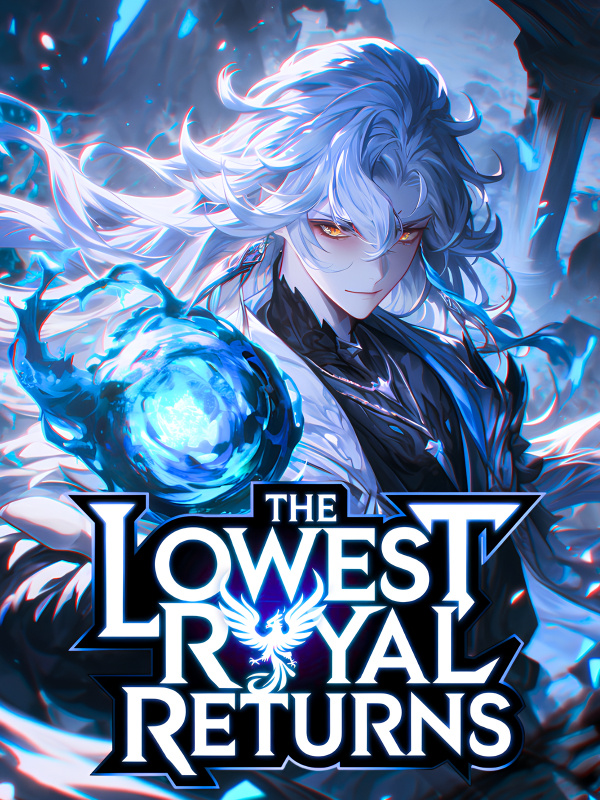©NovelBuddy
MTL - America’s Road To Fame-Chapter 399 streamer grass
This morning, as expected, after Chen William woke up, he found that the task of the Future Bank had been completed last night, and he received a chance to win an advanced lottery.
As for the result of this advanced lottery——
A kind of magical herb, the seeds of the streamer grass, the streamer grass contains special substances that make the dye have a streamer effect, and it has a wide range of uses. Note: Streamer grass can only survive within the range of the Lord's Heart.
Another kind of seed that can only survive within the scope of the Lord's Heart. William Chen remembered that he had received a random seed before, and it was a similar introduction.
However, because the sculpture of Poseidon, the **** of the sea in Atlanta, has not been completed before, William Chen has not yet used it, so he has not tried it yet. What effect will it have.
This time I got another one, and I also need to survive within the range. Now it is said that the statue of Poseidon, the sea **** located on the central mountain range of Atlanta Island, has been completed. It seems that this time when I return to Atlanta Island, I need to use it. Let's see what kind of plants these two seeds can get.
Therefore, after Chen William arrived in Paris and boarded the "Future" superyacht, he began to embark on the same route as the "Future" maiden voyage, the destination, Atlanta.
This journey, like crossing the Atlantic Ocean before, is boring and boring. In addition to playing with ten beauties and learning knowledge, there is also sending people to South Korea to contact their second largest semiconductor manufacturer, Hynix. , put forward a plan to prepare for the acquisition of Hynix.
This will become the world's third largest semiconductor company after Samsung and Intel in the future. It is currently in a state of high debt and is on the verge of bankruptcy.
Hynix was formerly known as Hyundai Electronics. After the merger of Hyundai Electronics and LG Semiconductor, it was renamed Hynix independently in 2001.
Before this time, Hynix was on the verge of bankruptcy because of the same high debt, but they survived that time.
South Korea's semiconductor industry revenue ranks second in the world, second only to the United States. Its importance is self-evident. Hynix is one of the iconic companies in South Korea's semiconductor industry.
In the 1970s, DRAM memory was just born. American companies such as Intel and Mostek took turns in the DRAM market. At the same time, Japanese companies were also waiting for the opportunity.
By 1983, Hyundai Electronics was established, which opened the history of Hynix.
The Hyundai Group was the largest consortium in South Korea in the last century. Before the division, its business types covered construction, automobiles, shipbuilding, semiconductors and other fields.
Later, as South Korea's Samsung, Hyundai Electronics, LG Semiconductor and other companies entered the DRAM market one after another, the industry began to overcapacity, and the industry's profits fell seriously.
Due to the collapse of the game console market from 1983 to 1985, the DRAM market dropped to less than 10% of the previous level, and manufacturers such as Intel and National Semiconductor successively withdrew from the market.
In the mid-1980s, Japanese companies, with their low cost and excellent technology, began to suppress American companies and dominate the storage market.
At this time, South Korean companies were basically in the role of followers. Among them, Hyundai Electronics obtained key technologies from Texas Instruments and other companies through OEM, and completed mass production of 64K DRAM in 1986.
In September 1985, the finance ministers and central bank governors of the United States, Japan, the Federal Republic of Germany, France and the United Kingdom held a meeting to reach an agreement on the joint intervention of the five governments in the foreign exchange market to solve the huge trade deficit of the United States. Because this meeting was held at the Plaza Hotel in New York, it was called the Plaza Accord.
After the agreement was signed, the yen began to appreciate. The U.S. Department of Commerce also launched a Section 301 anti-dumping investigation and signed the U.S.-Japan semiconductor agreement the following year, forcing Japan to open up the chip market. Although Japanese manufacturers still occupy technical advantages at this time, their low-price strategy has lost its effect.
Relying on the abundant financial resources of the chaebol, Samsung, Hyundai, LG and Daewoo, four South Korean manufacturers, invested more than 2 billion US dollars in the 1980s and began to catch up with Japanese companies in technology.
After entering the 1990s, the lithography machine technology of Dutch lithography machine supplier ASML began to surpass Japan's Canon and Nikon. Micron and Samsung have successively replaced ASML lithography machines, and Hyundai Electronics has followed suit with ASML lithography machines.
Since Japanese DRAM manufacturers insist on using Canon and Nikon lithography machines, South Korea and Japan have gradually widened the gap in process and cost. In 1997, when the Asian financial crisis broke out, the South Korean won plummeted by 60% in a few weeks at the end of the year due to the high debt ratio of South Korean companies, insufficient foreign exchange reserves, and tightening of European and American debts, which greatly enhanced the export competitiveness of South Korean companies.
In 1998, the market share of South Korean DRAM companies surpassed that of Japan for the first time.
In addition to relying on the strong strength of major financial groups, the South Korean government has also played a huge role in the planning of the semiconductor industry. Since 1975, it has promulgated a number of policies to support the development of the South Korean semiconductor industry.
In order to promote the competitiveness of South Korea's semiconductor industry, the government merged Hyundai Electronics with LG Semiconductor in 1999, with Hyundai Electronics owning a majority stake.
In this integration, Hyundai Electronics initially refused to pay for the debt of LG Semiconductor, but the huge pressure to merge the two companies at that time came from the South Korean government. In the end, Hyundai Electronics had to make a compromise. After the merger, Hyundai Electronics had a debt of nearly 140%. The debt-to-equity ratio is as high as 160%, which brings a huge financial burden to the company.
In 2001 ~www.novelbuddy.com~ The company was renamed Hynix due to the spin-off of Hyundai Electronics from Hyundai Group. In the same year, Micron completed the acquisition of the memory department of Texas Instruments. With the end of the memory industry consolidation from 1999 to 2001, Samsung, Micron, Hynix, and Infineon held nearly 80% of the global DRAM market share.
At this time, the competition in the DRAM market has become fierce, and the product price is close to the production cost. After that, the Internet bubble burst and the DRAM price collapsed.
According to IDC data, in 2001, when the demand for DRAM capacity increased by 56%, the price of DRAM decreased by 46%.
Under such market conditions, Hynix lost US$2.5 billion, unable to repay the loan, and the asset-liability ratio was as high as 206%.
Considering the huge forward capital expenditure needs of the semiconductor industry, the South Korean government and creditors led by the South Korea Exchange Bank began to promote the sale of Hynix.
However, both Samsung and LG refused to take over the debt-ridden mess, and only Micron wanted to take the opportunity to make a fortune.
At the end of 2001, Park Chong-sup, the president of Hynix at the time, reached an agreement with Micron. Micron would acquire Hynix's entire memory chip business and 25% of its other businesses for $3 billion in stock, and would not accept Hynix's 60 percent. billions of dollars in debt.
Although Hynix was desperate at the time, the plan was still unanimously opposed by the Hynix board of directors.
In the end, Micron’s acquisition of Hynix failed, and major DRAM manufacturers began to look forward to the market vacated by Hynix’s collapse.






